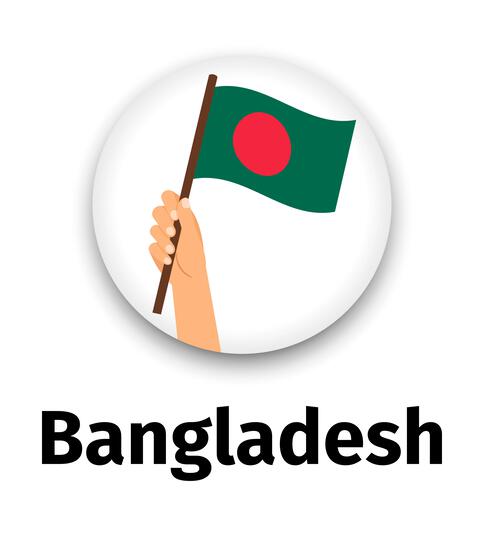One World, One Identity, One Curriculum — Reimagining Education for All
In a world too often divided by borders, languages, and power, education has the potential to become the most powerful tool for unity. While walls are built to separate, classrooms can become bridges that connect. The vision of “One World, One Identity, One Curriculum” is more than a slogan — it is a call to reimagine education as a universal right and a shared human foundation.
Education as the Great Equalizer
Around the world, millions of children are born into vastly different realities. Some walk into air-conditioned classrooms filled with technology, while others struggle to find a blackboard or even a roof over their heads. This inequality is not just a failure of policy — it is a failure of our shared humanity.
A common global curriculum rooted in equality, critical thinking, and respect for diversity would help close this divide. It would ensure that no child, regardless of race, religion, or geography, is left behind in a system that values one life over another.
One Identity — A Human Identity
National identities are important, but they should never be used to justify division or discrimination. A child in Bangladesh and a child in Brazil both deserve the same quality of education, the same dignity, and the same right to dream.
By fostering a human identity alongside local cultural identities, we can build a generation that values empathy over fear, collaboration over competition, and humanity over narrow nationalism.
One Curriculum — A Shared Foundation of Knowledge
A shared global curriculum does not mean erasing local cultures. It means ensuring that every child learns fundamental skills, values, and histories that unite us:
-
Critical thinking and global citizenship
-
Human rights and environmental stewardship
-
Digital literacy and problem-solving
-
Respect for cultural diversity and inclusion
Such a curriculum would make international cooperation more natural, reduce inequality, and empower communities to address shared challenges like climate change, poverty, and conflict.
Reimagining the Classroom
Imagine a classroom where children from different faiths, ethnicities, and languages study side by side, not only learning to read and write but also learning to understand and respect one another. This is the classroom of the future — one that shapes not just workers, but global citizens.
A Call to the World
Policymakers, educators, civil society, and human rights defenders must unite behind the idea that education is the foundation of peace. We must:
-
Advocate for universal access to quality education for all children.
-
Promote intercultural and human rights education in curricula worldwide.
-
Build partnerships that bring resources to underserved communities.
-
Empower youth to see themselves as part of a shared global future.
🌍 “When every child learns that we are one human family, the world will finally learn peace.”
Published by: Minhaz Samad Chowdhury — Independent Human Rights Defender, Bangladesh
#OneWorld #EducationForAll #HumanRights #GlobalCurriculum #PeaceThroughEducation #EqualityInLearning




No comments:
Post a Comment
Please validate CAPTCHA